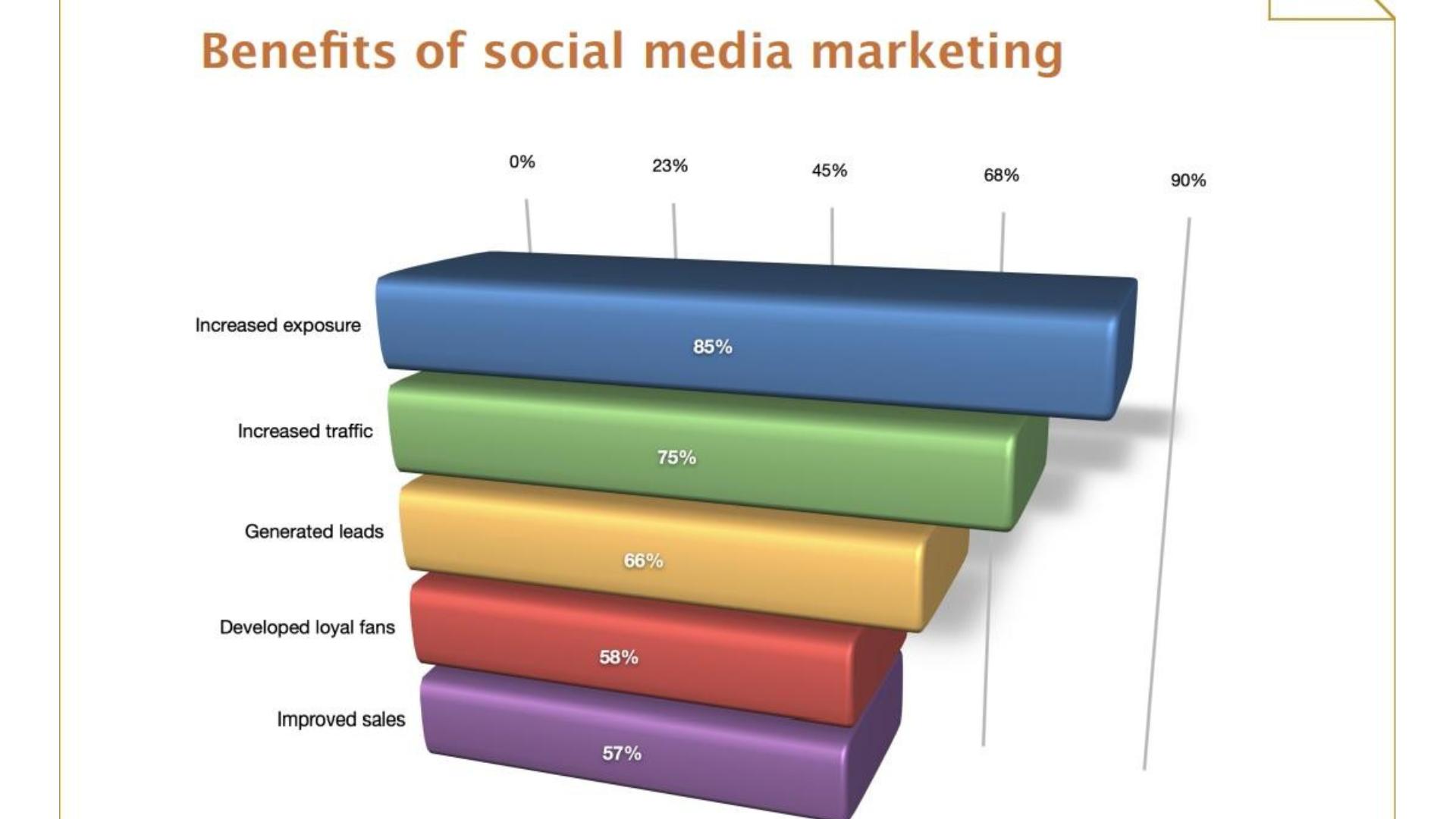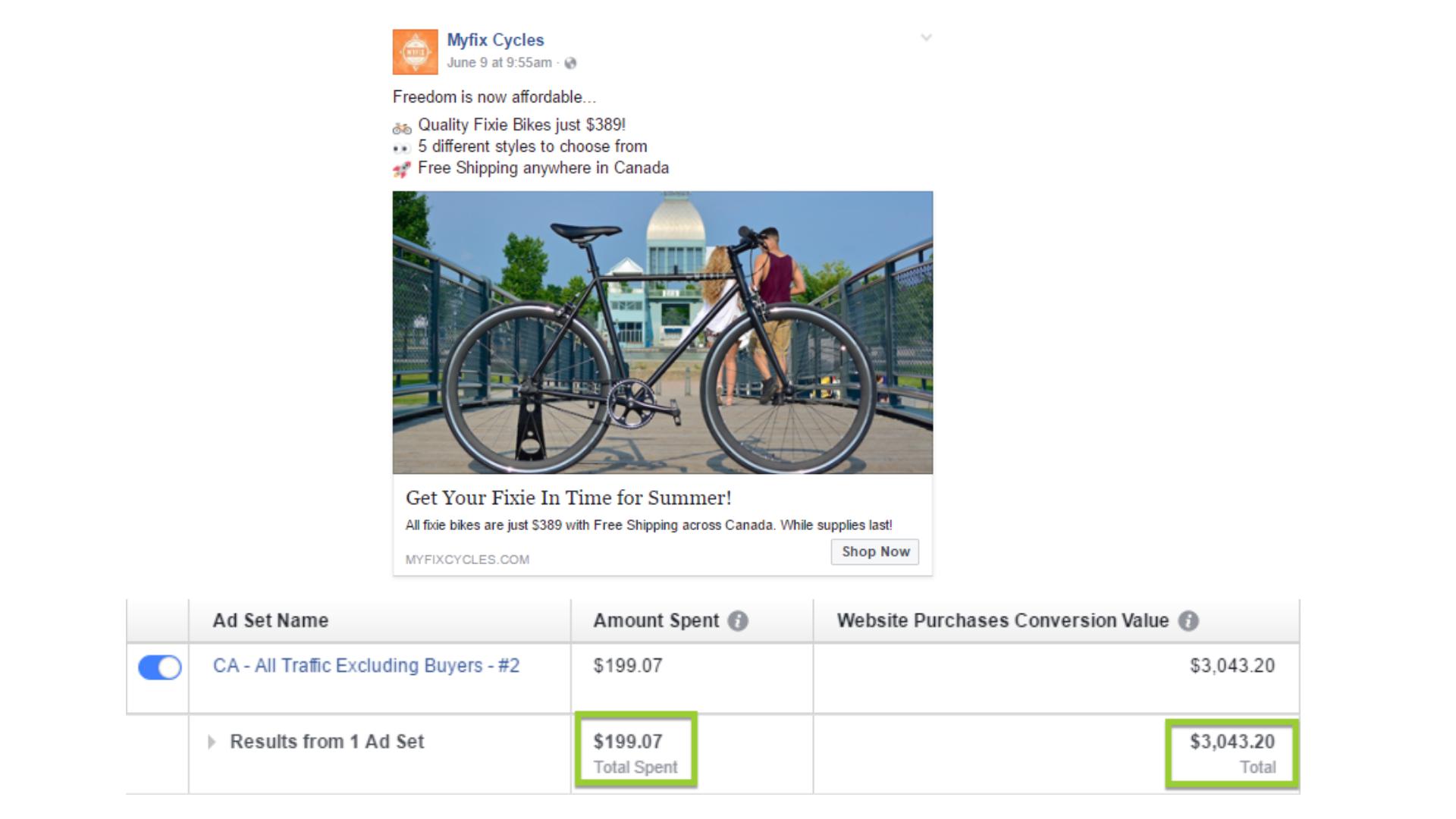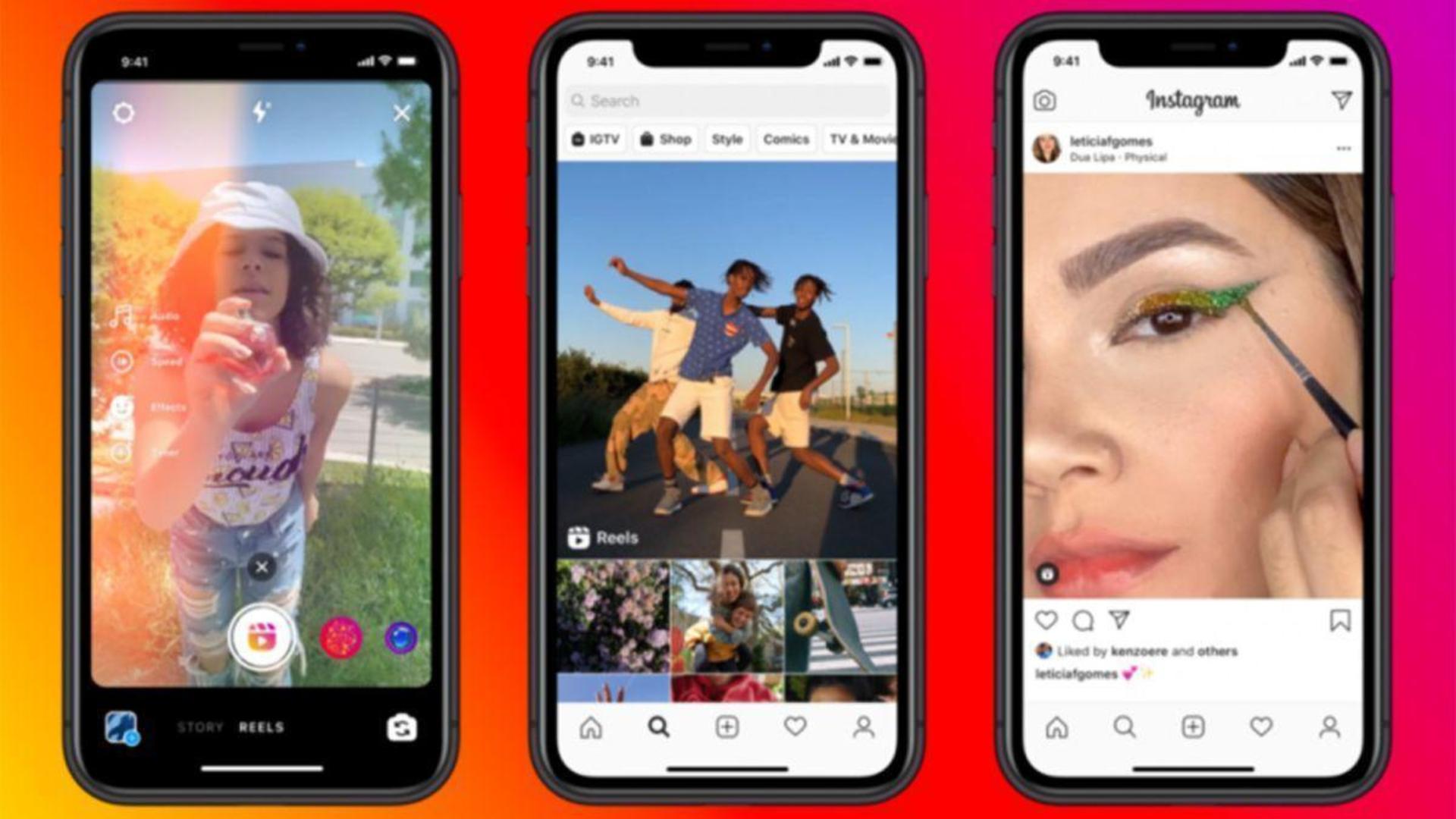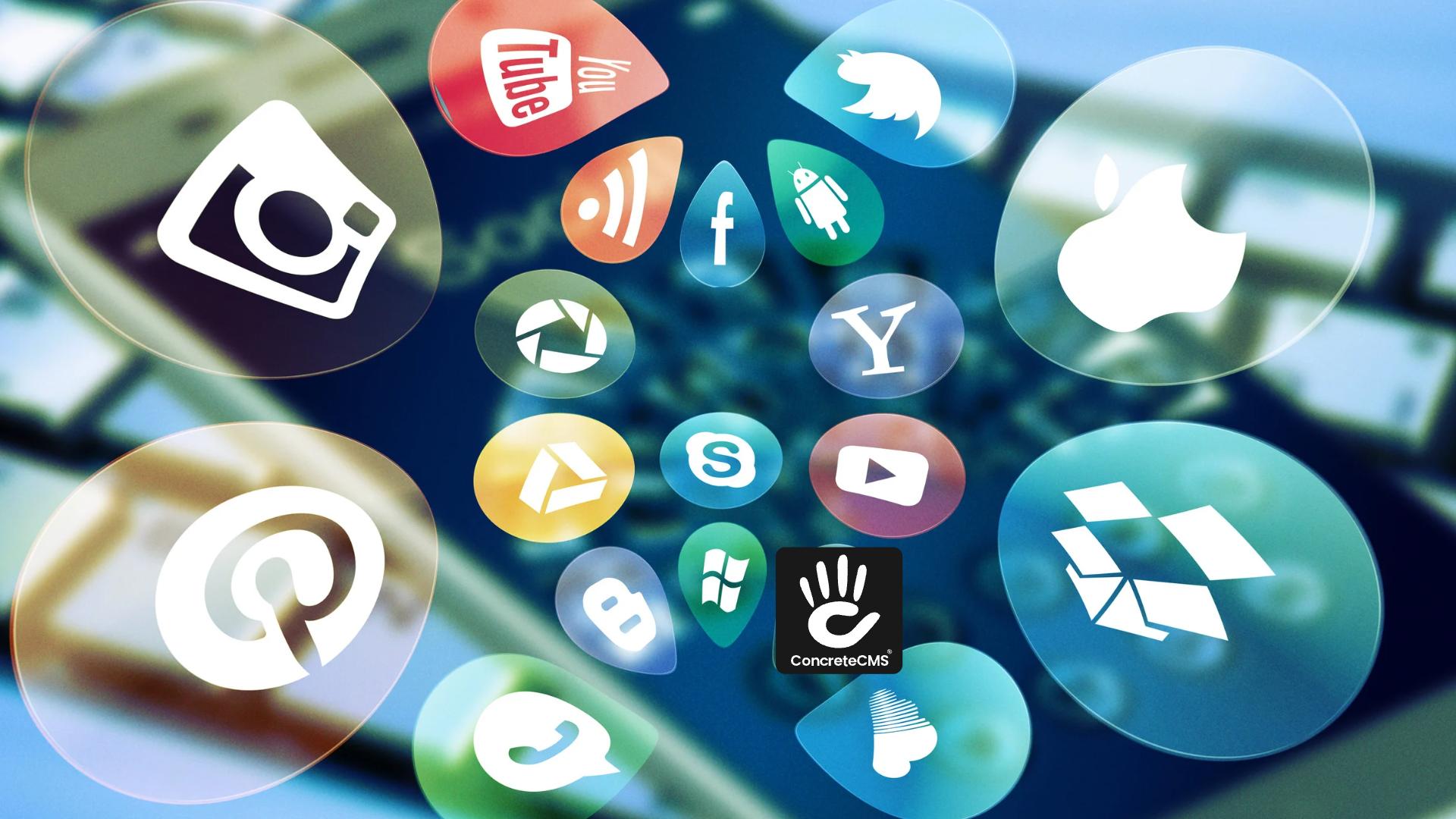Benefits of combining social media and content marketing
Social media is a great medium to distribute content both organically and through paid promotions. On the other hand, content marketing is an excellent way to educate your target audience about your product. Combining these two can bolster your marketing strategy with no extra effort.
When you grow your social media following, you’re expanding your audience. Meaning you have more people to consume content created by your content marketing strategy.
Social media is meant for sharing and expressing, so when your followers share your posts, they’re naturally boosting your brand awareness. As content shares increase, awareness and exposure of your brand grow exponentially.

Source
Another significant advantage of connecting social media and content marketing is earning brand loyalty. A solid social media presence boosts your brand image by showing customers that you are a credible and trusted business. When the audience shares your content on social media, it is backed by genuine references and recommendations.
If you’re struggling to unite your content marketing and social media strategy, use the following tips to align your efforts and build a cohesive plan.
Define your brand voice
A successful content marketing and social media strategy is based on a clear brand voice and identity. Your brand voice is the tone you use to communicate your core brand values in public communication. To define your unique brand tone, you need to think from the perspective of your target audience and how they communicate.
For instance, if your prospects are corporate professionals, using a professional tone is ideal. Or, if you are reaching out to the millennials, you need to be quirkier in your tone.
In short, it’s about improving your relatability with your audience through personalized communication.
Keep your visual identity consistent.
One of the core objectives of any marketing strategy is to boost a brand’s recognition. You don’t want to confuse your audience with different messaging on different channels. Therefore, you must keep your communication consistent.
Consider how popular brands use recognizable color schemes and font choices across all channels. It would help if you aimed for similar cohesion to improve your brand’s recognition.
For instance, when Apple launched its iPad Pro, the messaging, visuals, and everything remained consistent across all channels to reiterate the brand’s recognition and maintain a consistent user experience.
Repurpose your content in various formats
Repurposing your content in different formats is a great way to make the most of your creative content. A tweet will have a particular impact, while a YouTube video will engage your audience differently. But you don’t have to create separate content for each channel. Your message can be the same; it’s just how you present it.
For instance, Jay Shetty, a bestselling author and life coach, shows an exceptional use of content repurposing to maximize reach and visibility. A well-established brand name in motivational speaking, Jay Shetty reuses his content in various formats.
From iTunes audio podcasts, Amazon Audible, and YouTube Vlogs to Instagram videos and Reels, his content is shared and viewed by millions of fans every day.

Source
Repurposing ensures you have more visibility on the same piece of content you invested in researching, crafting, and sharing.
So, don’t hesitate to pull a few snippets of that blog post, create some bitesize social media posts, or use your old Youtube videos to make visually appealing infographics.
Make the most of retargeted marketing
Retargeted advertising displays relevant ads to customers on platforms like Google, Facebook, and LinkedIn based on their previous website activities. For instance, if a customer leaves items in the cart and doesn’t check out for some reason, you can use retargeting ads to win them back.
The best part is that retargeting doesn’t have to be a complex or some expensive tactic. Myfix Cycle, a Canadian bicycle retailer, used something as simple as installing Facebook Pixel to track the visitors who abandoned their carts.
After their retargeting campaign on Facebook, they generated close to $15 for every $1 spent. In other words, they saw a return on ad spend (ROAS) of 1,529%!

Source
Facebook Pixel is a piece of code installed on your website. It helps track the activities of your website visitors, including the pages they visit. Using social media retargeting through Facebook Pixel or LinkedIn Tags, you can advertise to site visitors and deliver content directly to their feeds.
Use different platforms to promote your content.
Cross-promoting content on different social platforms helps you boost engagement through your content delivery. Therefore, social media cross-promotion is an essential step towards increasing the reach of the content and generating more touchpoints for your prospects.
However, each social media channel is unique, and each social community reacts differently to specific content. For instance, a quirky, graphically attractive post may help you get Instagram followers and leads rapidly, as the platform is highly visual.
Meanwhile, an infographic or a detailed blog piece may work better on LinkedIn as it is a more B2B focussed platform.
Therefore, you must customize your messaging as per the platform’s relevance and audience demographics.
Also, always schedule your social media posts at the right time and frequency across your channels.
Use social media to generate new content.
Social media is people’s platform. It gives you immense opportunities to be creative and generate new content using its several in-built formats and tools. You have loads of formats to deliver unique content, from Instagram reels to Facebook stories and carousel posts.

Source
The best way to ensure that you give your fans what they want is to involve them by asking questions and eliciting their participation.
For instance, National Geographic uses its followers’ original photos and captions to describe its content. It helps to make their social content both unique and informative. The channel has over 180 million followers on Instagram and makes the most of its user-generated content to create something different.
You can then supplement the UGC from social media with quick keyword research. Look at what terms and phrases your audience is doing to find businesses like yours. Identify top keywords using free online tools like Keywords Planner.
You’ll never run out of content ideas with such a strategy. You can then work with your content team and an AI content generator to scale your content production process and keep your audience constantly engaged.
Your metrics should be monitored, compared, and understood
You can only assess the success of your newly aligned content marketing and social media strategy if you track, analyze and understand your content metrics.
Source
Establish a parameter before you start. How many views do your videos usually get? How many reactions and shares do you get on social media? What’s your conversion rate like on average? What are top-performing keywords?
Such questions will help you outline your standard parameters.
Then track these metrics as you test and optimize your content marketing and social media strategies. Social media in-built insights give you a deep dive into all your figures. Use these metrics to plan your campaign.
Do remember, patience is the key here, as you probably won’t reap results overnight. It requires consistency and relentless effort to create a long-standing strategy.
Wrapping up
Aligning your marketing strategies can take some time, but it will save you from those extra tasks of creating two strategies separately.
All you need to do is define your brand’s voice, keep a consistent brand identity across channels, repurpose content, and use social ads for retargeting.
Additionally, make sure you use social media to create fresh content, cross-share it, and track and measure its performance. Once all these pointers are ticked off, you are on your way to effectively connecting your social media and content marketing strategies.
Author Bio
Harry Flynn leads the digital marketing team at Twicsy, a site providing services to Instagram users. He enjoys travelling and relaxing with friends in his spare time.




